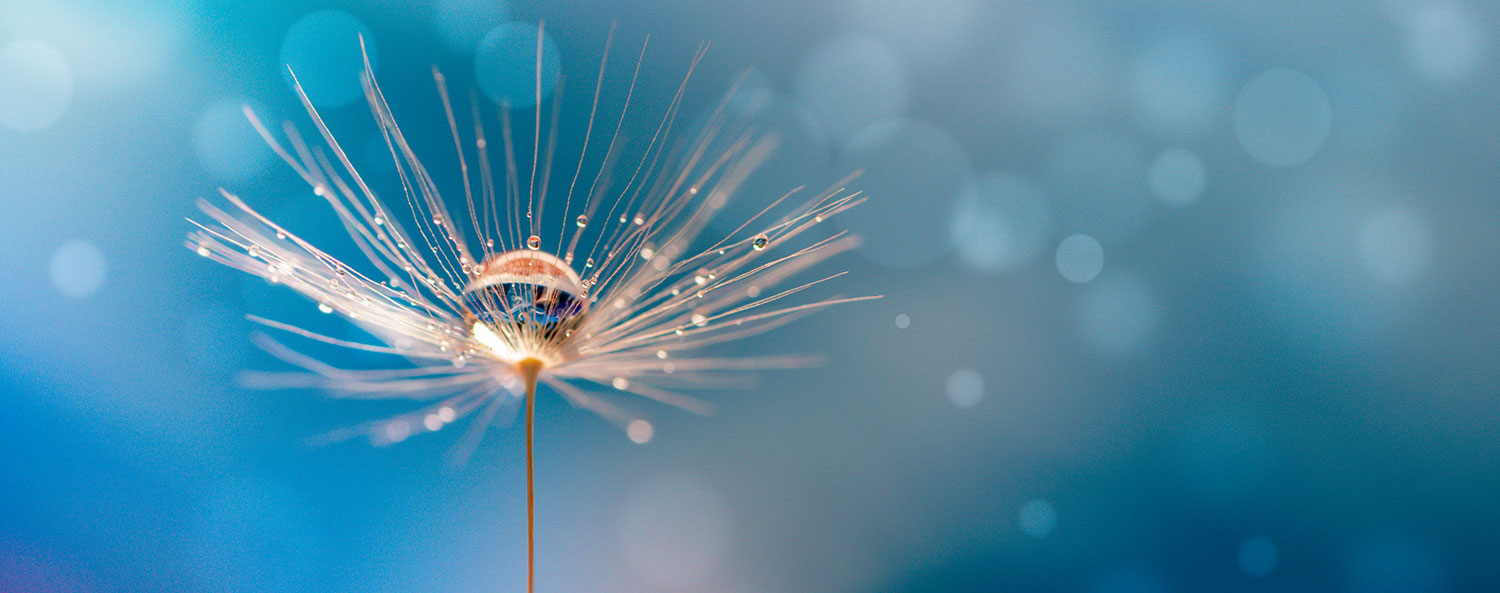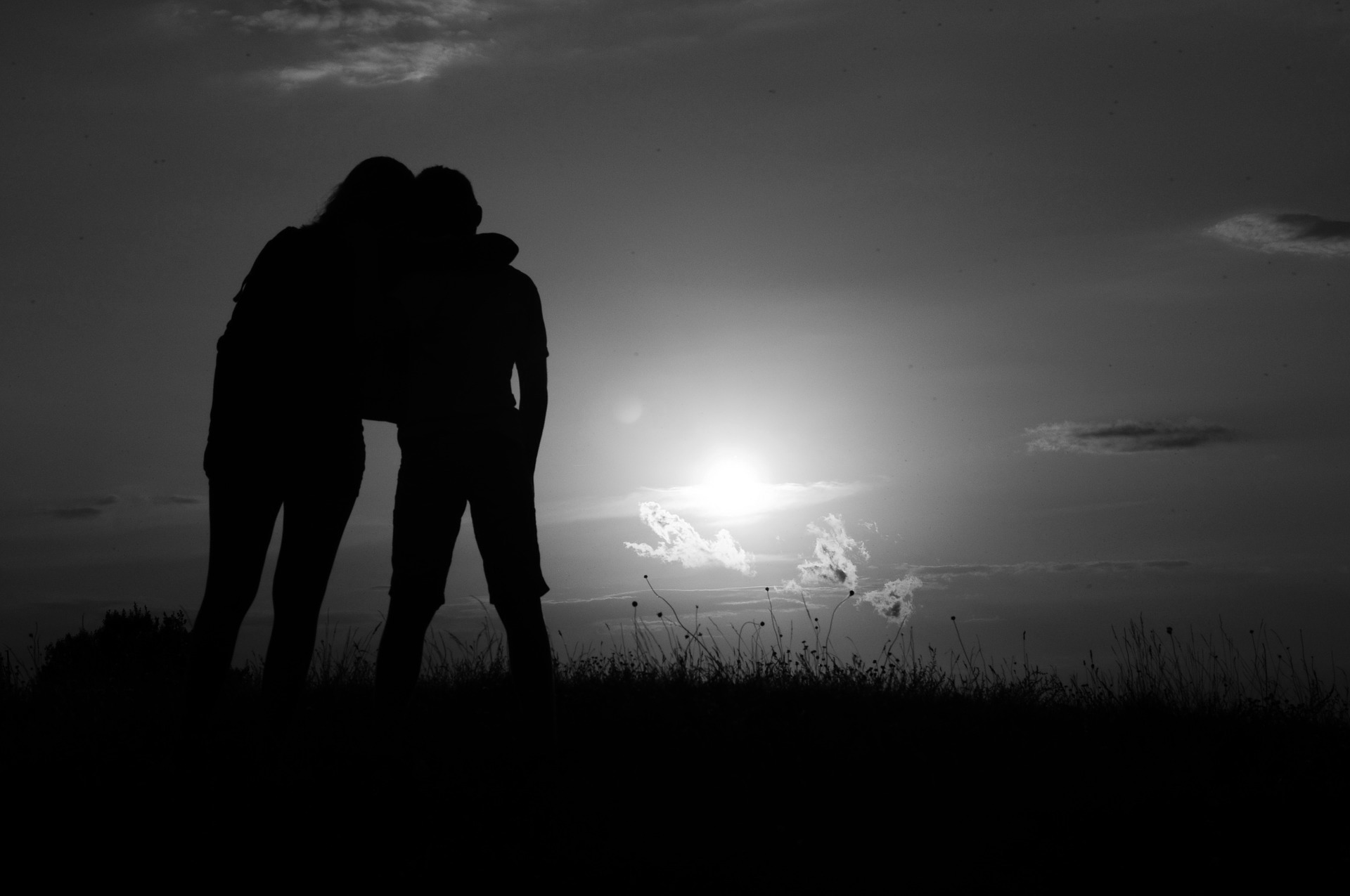
Presence and Love Are Two Good Solutions to Meth
Self-awareness and self-love are inner antidotes.
Don’t withdraw from the drug-dependent person you care about. Engage with them. Assert boundaries and limits with love and kindness. Anger and even rage are normal, but I found that when I yelled, what they remembered was me yelling, not what I actually said. When I spoke with firm kindness, and said what I would and wouldn’t do, I made headway.
Structure is the house that recovery lives in.
Freedom unfolds for our loved ones in recovery with structure in their days. Making plans for coffee with clean friends. Going on hikes. Doing yoga with sober people. Playing board games. Having conscious conversations. Full-on engagement in something our family member or friend finds soulfully satisfying counteracts the pull of meth and other stimulants.
Learning to allow our feelings and experience their discomfort, not stuffing or avoiding them is key for all of us, especially for the impulsive, compulsive drug user.
Moving through them is a skill for all of us to develop and we cultivate the ability to take brave steps when we can embrace our emotions and comfort ourselves from within, not using a substance to do so.
Those in recovery need to listen to their internal guide,
their wise, brave, loving inner Essence, pointing & leading them toward healing, resources and connections. And, to something greater than they are: God, nature, or the universe. Surrender is the flip side of assertive action, on the healing coin of recovery.

Drug addiction is a disease of lack of connection with others and Self.
And, lack of connection to a greater source: God, or meaning, or both. Sure, genetic predisposition is a part of this.
So is initial age of use. The younger they are when they begin using, the harder it is to break away from drugs, establish new patterns and change behaviors. But meth users want to feel better and they want relationships. They’re people, people we love, and they need us.
Anxiety and its roots are at the bottom of this. We may not even see it.
I never dreamed my sons had so much anxiety. They were athletic, smart, musically expressive, confident, and good looking. Or so I thought. They didn’t talk about it, and I didn’t probe. But inside, they were insecure and longed to be cool, to be included, to be different. They had grief and unexpressed pain and anger over my husband’s and my divorce, then the subsequent death of their stepfather from brain cancer. They had untreated anxiety and didn’t have the skills to acknowledge or manage it. I could have asked more questions, opening my heart to their sadness, allowing more of their experience to be valid.
Help your loved ones by asking questions, providing a safe place for them to share feelings and fears. Model how to embrace their fears and manage them. Facing and embracing the normalcy of worry is part of preventing drug abuse.
When our friends and family feel “unique” they often find their tribe in drug-using “unique” friends, who they sense are either the same as they are, or, above whom they feel “better than” in some way. Our drug-abusing family members and friends may be the leaders of their rag tag team of perceived misfits. Help them feel at home in your home. Invite them and their friends over to play ping pong, pool, scrabble, basketball, guitar, whatever you enjoy and have available. Be around to get to know them. I became close to my son’s friends, a familiar mom-friend who would engage with and listen to them. I was available, and present. I was around and observing what was going on.
I noticed, and I offered a listening ear, and loving eyes. I did what I could. Clearly, it wasn’t enough, but my sons might be dead right now if my husband and I had not offered what we did, as imperfectly as we did it all. My sons could always find us.

Let’s help our friends and family get help, away from meth use. If they’ve already begun using, they’ll need a supportive detox to get off of it, then a good rehab. Then a supportive, understanding, loving and boundaried family or roommate to go back to. And, a mentor or sponsor, meetings, and engaging activities they love.
Trauma Healing, Harm Reduction, Prescribed Medications & Genomind
- Trauma is the original wound for many, if not most, the original “gateway” into street drug use and abuse. So trauma healing is an essential part of recovery. Somatic work, getting into the senses via the body and breath, is crucial in moving through trauma.
- Harm reduction is important for many people as they gradually get clean from hard drugs. I hail Gabor Mate’s work, and for educating us about this. Many people think addicts should just get clean and be done with it, like checking off a box. The road isn’t paved that way.
- Prescribed medications & treatment for anxiety & depression are often part of a person’s recovery & path into wellbeing. There’s a stigma about getting on meds for many, but since drug abuse is self-medication, why not try a an anti anxiety med and/or an antidepressant, to treat the root problem?
- Getting a Genomind test can be helpful. Genomind is a DNA test, providing results for which specific psychotropic medications will work best for a person, in addition to providing other beneficial information, such as how likely a person is to benefit from physical exercise in their recovery. Then meeting with a psychiatrist or a psychiatric PA or nurse practitioner to try recommended medication(s) can bring results more speedily. There are many paths into healing, and they are unique for each individual
Everyone wants to be in love with life and have hope.
Our meth-using loved ones want freedom from anxiety, love, laughs, and ways out of their pain and struggles. We can’t do it for them but we can be that: we can love them, laugh together with them, and offer structure. We can do tough stuff, and be brave. We can be the light posts in our neighborhoods, the headlamps on our walks alongside them.
Our conscious awareness about methamphetamines and its effects on people we care about can continue. Let’s open our eyes, our hearts, and put some love and bravery into action.
Wilderness Therapy is effective for older teenagers and young adults:
- Evoke Wilderness Therapy
- Open Sky Wilderness Therapy
Further Reading & Video Recommendations
- Marc Lewis
- David Sheff
- CRAFT method
- Jeffrey Foote
- Robert J. Meyers & Brenda L. Wolfe
- Dr. Brad Reedy
- Bessel van der Kolk
- Russell Brand
- Gabor Mate
- Melody Beattie
- Xavier Amador
- LEAP method (see LFRP.org)
- Stephen Porges (Polyvagal Theory)
- Deb Diana (Polyvagal Exercises for Safety & Connection)
- David Hawkins
- Johann Hare
